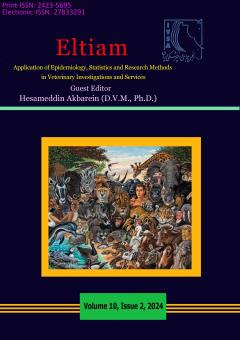Researchers can interpret and analyze livestock problems and diseases by using data obtained from different characteristics of animals and their environment. The pivotal role of statistical analysis of data in the field of veterinary research & practice is inevitable. In this review article, shedding light on its significance in unraveling complex patterns and drawing reliable conclusions from diverse datasets. The veterinary domain, characterized by a spectrum of species and inherent biological variability, necessitates robust statistical methodologies to discern meaningful insights. In order to make inferences about disease causation or a researcher's hypothesis, data must be categorized and the goal is to decide whether the groups are statistically different or not. Finally, using a suitable statistical test, the research hypothesis is rejected or accepted, and finally the necessary interpretations are made. The researcher can decide what data should be collected and how. In practice, in this case, the researcher's hands are open and they can make the best possible decision, but often prospective data collection is costly and time-consuming. Another mode is retrospective research, which is often based on data collected by veterinarians from slaughterhouses, laboratories, clinics, inoculation centers, etc. or from other organizations and institutions. The article explores a range of statistical techniques applied in veterinary research and practice, including data normalization, hypothesis test, parametric and non-parametric test, regression and coefficient test, and validity in veterinary medicine. These futures has shedding light on animal interactions and patterns.
Ultimately, this review article serves as a comprehensive guide for researchers and practitioners in veterinary science, offering insights into the nuanced application of statistical analyses. By navigating the complexities of veterinary data, it aims to empower the scientific community to leverage statistical tools effectively, ultimately advancing the quality and reliability of research in veterinary medicine.
Manuscript profile


